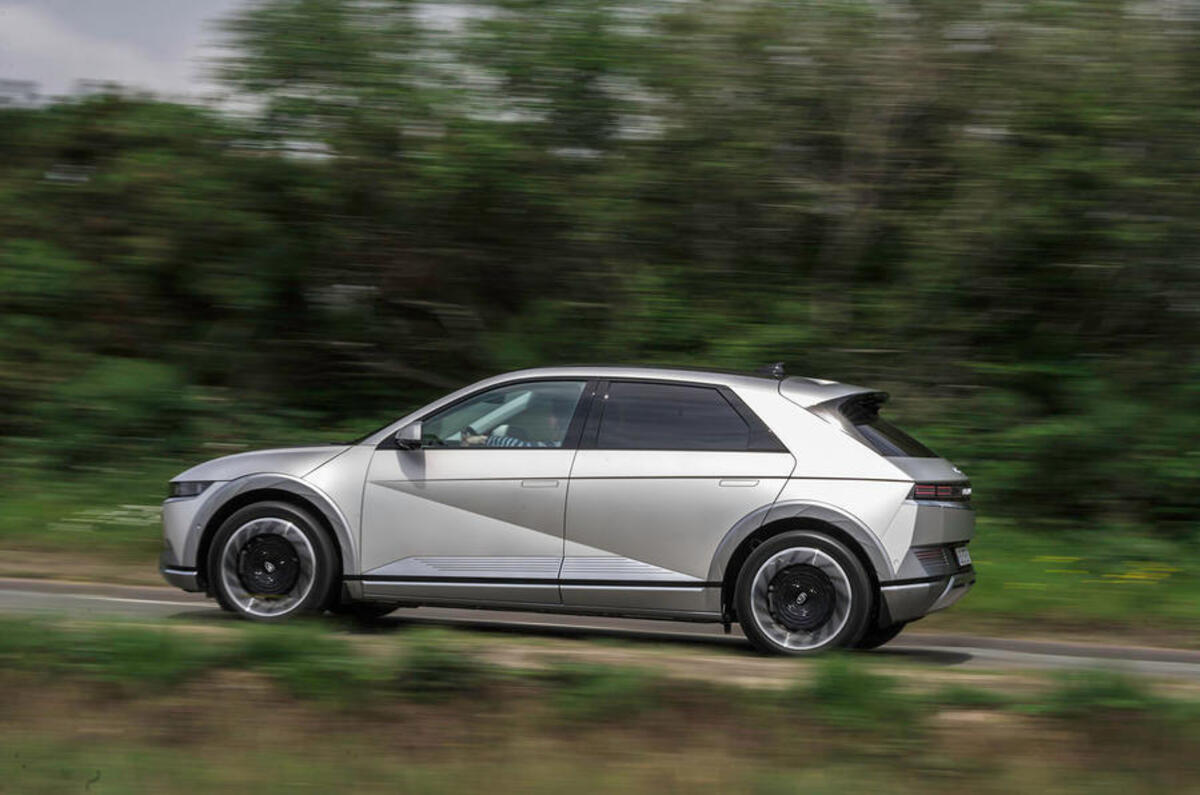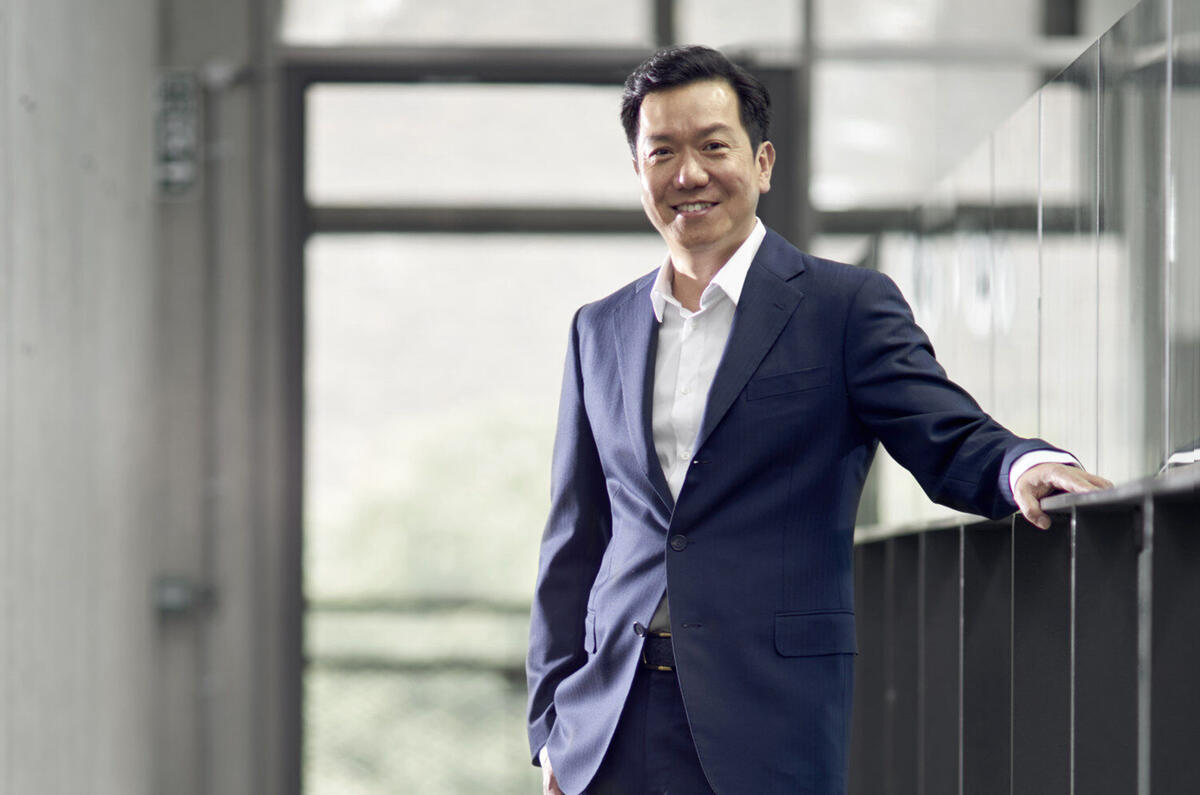Hyundai’s future cars will feature unique designs in an attempt to move away from a traditional Russian doll-style model range, the firm’s design chief SangYup Lee told Autocar.
Speaking at the 2022 Autocar Awards, Lee suggested Hyundai would shift its models to suit different lifestyles, with each of the Korean firm’s owned brands, including premium offshoot Genesis, to cater to specific areas of the market.







Join the debate
Add your comment
It's something I particularly loved about Jaguar in the late 2000s. The XK, XJ, XF and S-type all looked radically different, and it benefitted the brand greatly. Today most of Jaguar's cars have roughly the same corporate 'face', and brand appeal is one of their biggest problems.